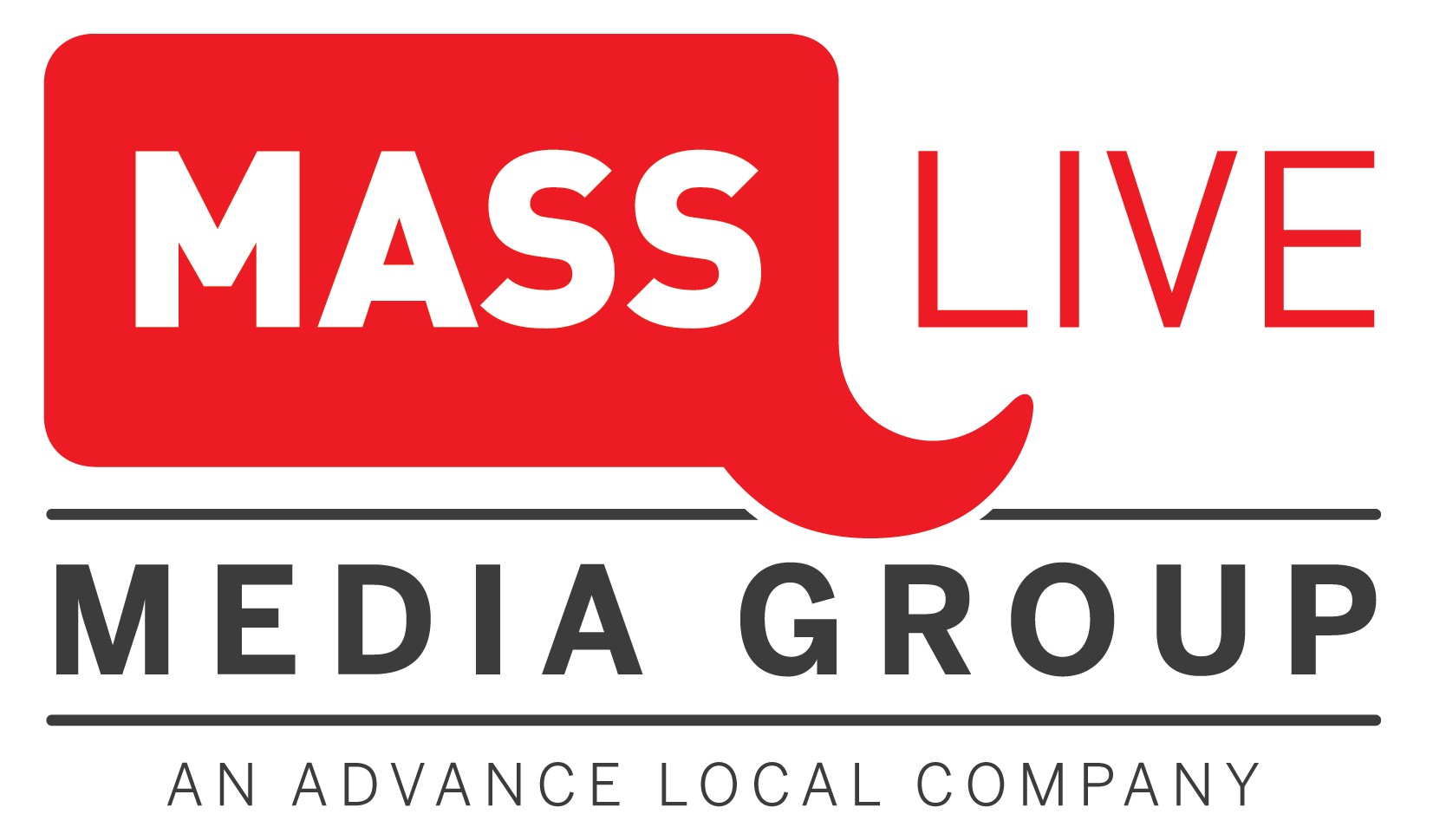Healthcare Marketing to Seniors: How to Create and Distribute on-Target Messaging
In healthcare, marketing to seniors can be tricky because the messaging often conflicts with how they view themselves. Imagine a healthy, active person in their 60s receiving targeted marketing about hearing aids, walking aids, and organizations like AARP. The advertisements can feel insulting if they don’t see themselves needing these services.
Since you don’t want to risk alienating older adults with your healthcare marketing, it’s essential to consider how this audience feels about their age and the general perception of senior citizens. Then, discover the best practices for creating effective targeted messaging for this group and the tools needed for marketing success in this endeavor.
Understanding Senior Citizens and Subjective Age
There are many markers for determining when a person because a senior citizen, which is part of the confusion surrounding this audience. For instance, people qualify for some social security benefits at 62, so is this when they become senior citizens? Yet, you aren’t eligible for Medicare until 65, so is this age a better marker?
In addition to the ambiguity regarding when a person becomes a senior citizen are the stereotypes about old age. Just based on the phrase “senior citizen”, a person may think of someone as frail and incapable of taking care of themselves. Compare this with someone in their early 70s who is just as active as a younger adult. Being lumped into this definition is sure to turn them off.
This phenomenon, known as subjective age, is not reserved for those outlier older people who may be more active than their peers — some research has suggested that many older adults feel younger than their actual age. This perceived health does more than encourage seniors to live actively; it can lead to better overall health and wellness.
Tips for Crafting Engaging Healthcare Messaging for Seniors
Today, when people talk about aging adults, they typically mean baby boomers. This group was born between 1946 and 1964 and accounts for about 70% of the United States population, making them the second largest generational group in the country. Beyond their number, baby boomers tend to be more affluent than younger people. As such, they are often the focus of marketing campaigns — in and outside the healthcare industry.
To have the most impact on this target audience, healthcare marketers should keep subjective age in mind with all advertising efforts for older adults. The following are some aspects to consider when marketing to senior citizens:
- Center content around their health concerns (best practices for heart and cognitive health and general healthy living)
- Contemplate the specific audience (retired, still working, dealing with physical limitations)
- Factor in pain points of family members and other caregivers
- Implement clear and straightforward language
- Avoid using overly complex designs or fonts that make the content harder to read
- Recognize that senior citizens are more likely to emphasize value over cost
- Understand that this audience takes their time and will likely not appreciate messaging that implies urgency
- Devote time to building trust with older adults to increase the chances they become loyal to your facility
The Healthcare Marketing Approach for Senior Audiences
Given the various medical needs of senior citizens, healthcare facilities should consider a multichannel marketing method. This strategy will incorporate conventional marketing capabilities with modern tactics. The two primary components of a multichannel approach include:
Traditional Media
Older adults grew up without the internet as we know it today and are accustomed to print and broadcast media. While many baby boomers regularly use computers, they are familiar with direct mail, TV ads, and similar techniques and may be more likely to respond to them than younger people.
Digital Media
Despite common misconceptions, not all older adults are averse to technology. One study found that baby boomer interest in social media is growing, with Facebook and YouTube being the most popular among people in this age group.
Digital media can be advantageous for the marketer, as well — it often delivers real-time insights into the effectiveness of your campaign in reaching and resonating with the intended audience. Besides social media, digital marketing may include video and website content like blogs.
Seek Marketing Help from AMNY Health Marketing
No matter your target audience, you want to design marketing campaigns with messaging that speaks to their needs and recognizes their self-perception. However, it can be challenging to figure out the best approach to each audience, especially in healthcare where marketers must account for multiple personas with vastly different needs. If your hospital or practice faces these concerns, turn to MassLive Media Group for solutions.
Our healthcare marketing specialists utilize strategies backed by reliable healthcare market data to help facilities meet objectives, whether it’s increasing the number of patients they serve or sharing their expertise with prospects. We combine digital and traditional marketing with award-winning creative services and more to help you experience success with ad campaigns. Contact us today to learn more, or review our blog for further insights.
References
https://money.usnews.com/money/retirement/aging/articles/when-do-you-become-a-senior-citizen
https://www.statista.com/statistics/797321/us-population-by-generation/
https://www.ncbi.nlm.nih.gov/pmc/articles/PMC9274253/
https://www.renolon.com/baby-boomers-and-social-media/



 Ad Choices
Ad Choices